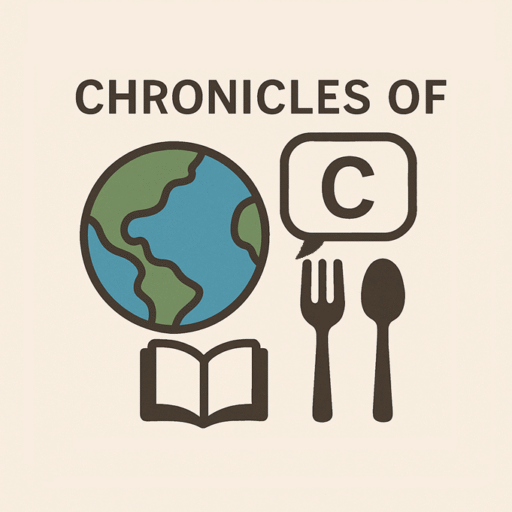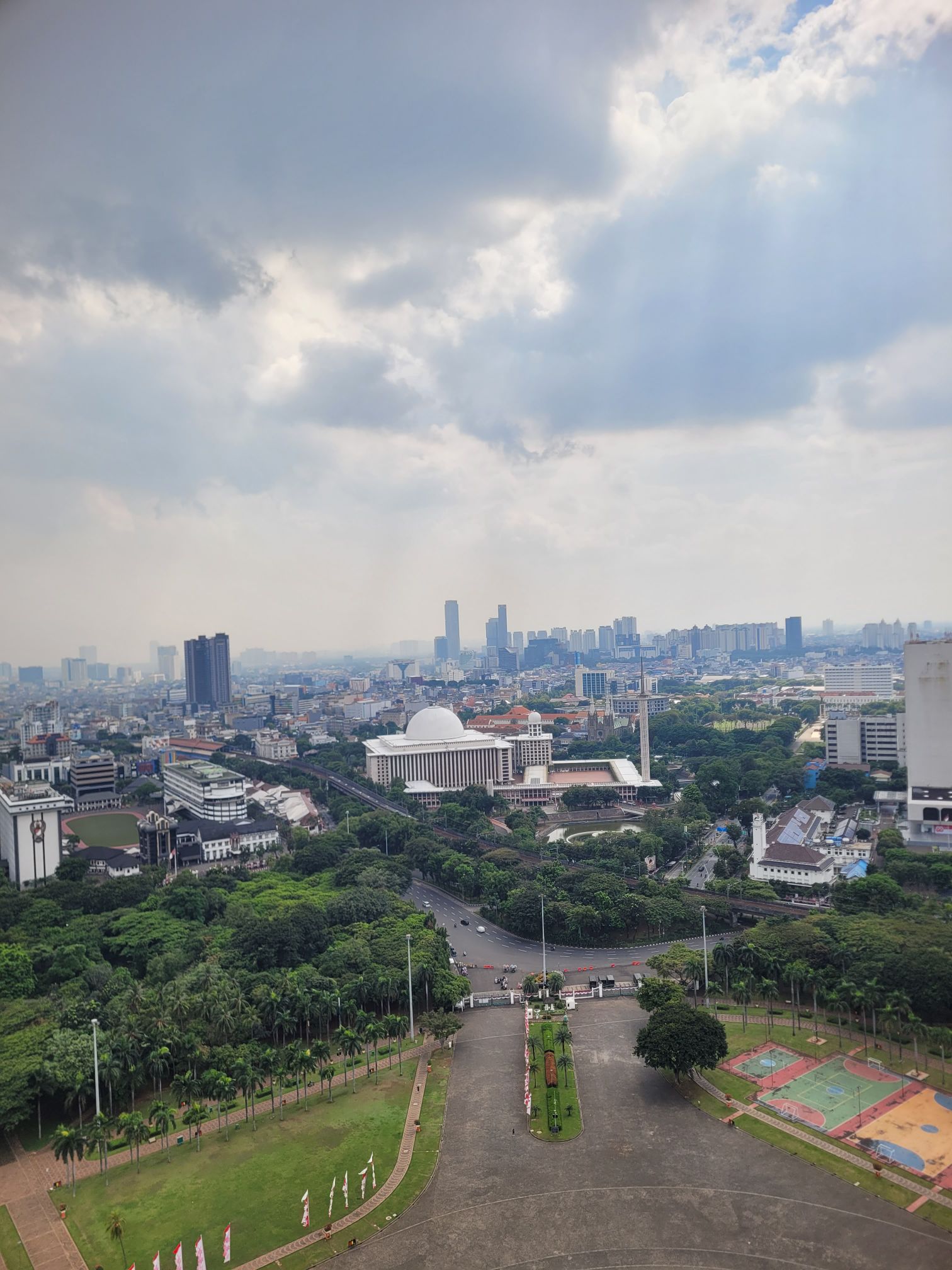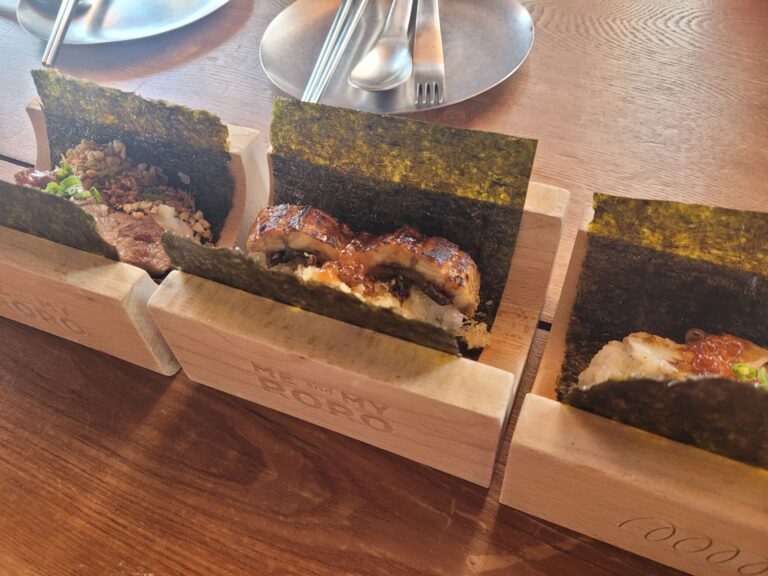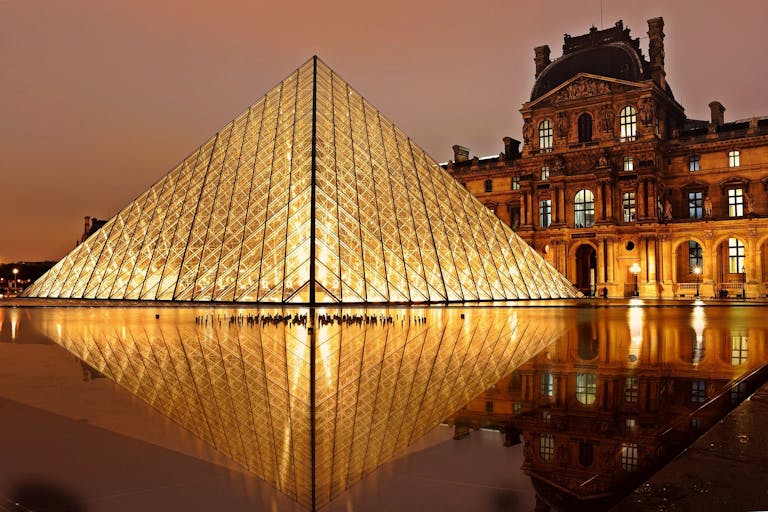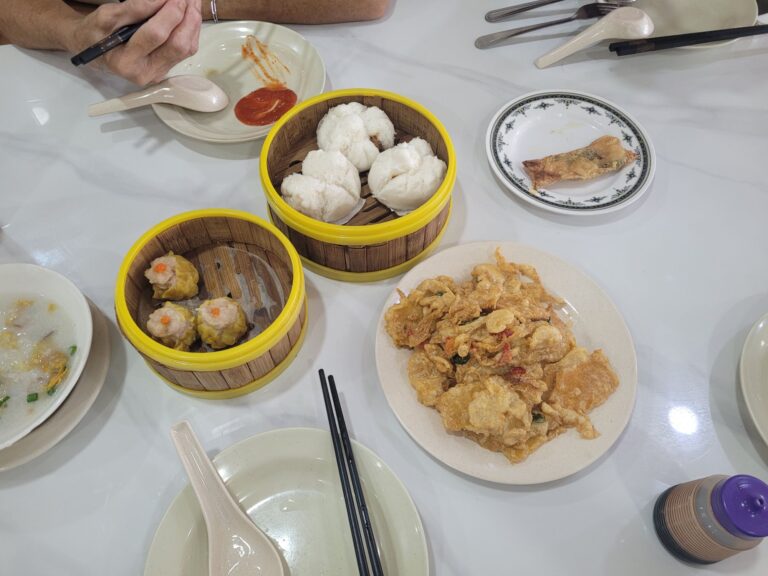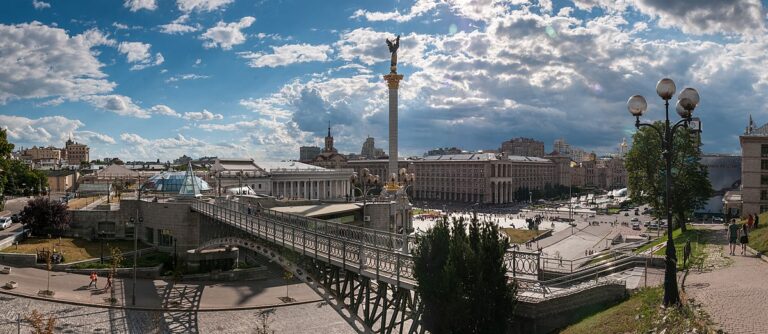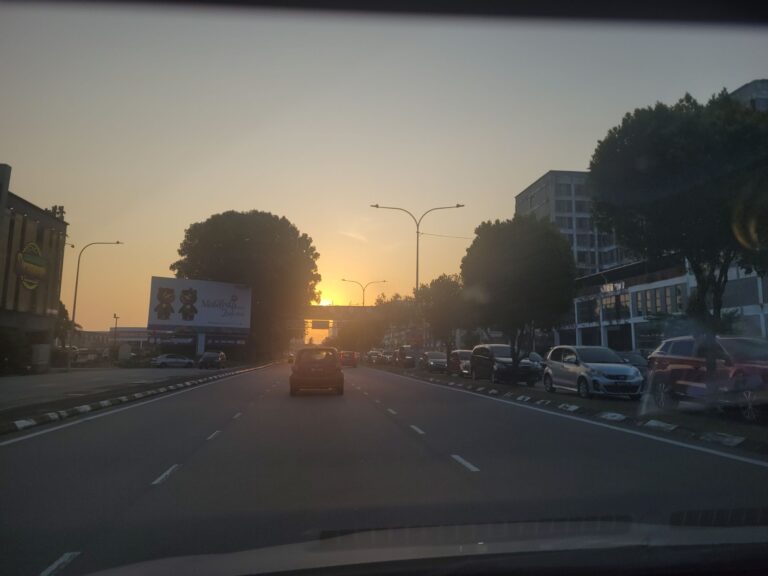Planning your first trip to Indonesia’s capital? Our meaningful 3-day Jakarta itinerary helps you explore the city’s history, culture, and local life, with practical tips on where to stay and how to get around.
Jakarta is a city of contrasts. It has a negative reputation for overwhelming traffic, pollution and a relentless pace. Many travelers use it simply as a gateway to the rest of Indonesia. But if you pause for a moment, look past the towering skyscrapers, and listen closely, you can find the city’s true heartbeat. You can find it in the quiet history of a colonial-era building, in the sizzle of a street-side food cart, and in the warm smiles of its people.
This guide is designed to help you do just that. It is a plan for the traveler who seeks more than just a checklist of sights. This itinerary balances iconic landmarks with immersive local experiences. It blends practical advice with cultural insight. It will help you navigate the chaos and discover a city with a complex history, a vibrant culture, and a deep, resilient soul.
🧭 Getting Your Bearings: Understanding Jakarta’s Sprawling Districts

To understand Jakarta, it helps to know its main areas. The city is a massive urban region made up of distinct administrative cities (Kota), each with its own character. For a first-time visitor, four of these cities contain the vast majority of key attractions. Understanding them will help you navigate the city logically and save a great deal of time.
Central Jakarta (Jakarta Pusat): The Historic & Political Core
This is the formal heart of the nation. It was planned on a grand scale and contains Indonesia’s most important national symbols and government institutions.
- What’s here: Merdeka Square, the National Monument (Monas), the National Museum, Istiqlal Mosque, Jakarta Cathedral, and the historic neighborhood of Menteng.
- The Vibe: Stately and symbolic. The wide boulevards and monumental architecture give it a sense of national pride and importance.
North Jakarta (Jakarta Utara): The Old Port & City Origins
This is where Jakarta’s story began. As the location of the old port, this district was the epicenter of the global spice trade and the seat of the Dutch colonial government for centuries.
- What’s here: Kota Tua (Old Batavia), Fatahillah Square, Sunda Kelapa Harbor, and the Ancol Dreamland complex.
- The Vibe: Historic and atmospheric. It feels gritty, authentic, and deeply connected to the city’s maritime past.
West Jakarta (Jakarta Barat): The Commercial & Cultural Melting Pot
This district is one of the city’s primary commercial hubs and a true cultural melting pot, defined by centuries of trade and immigration.
- What’s here: Glodok (Jakarta’s Chinatown), Petak Sembilan Market, Museum MACAN, and numerous traditional market areas.
- The Vibe: Energetic and wonderfully chaotic. A journey here is a feast for the senses, full of the sights, sounds, and smells of commerce and daily life.
South Jakarta (Jakarta Selatan): The Modern Lifestyle Hub
This is the modern, cosmopolitan face of Jakarta. It is the city’s primary lifestyle and business hub, popular with expats, young professionals, and the city’s creative class.
- What’s here: The Sudirman Central Business District (SCBD), high-end shopping malls, independent coffee shops, art galleries, and the city’s best restaurants and nightlife in areas like Senopati and Kemang.
- The Vibe: Stylish and contemporary. This is where you come to experience modern Jakarta culture.
🏡 Where to Stay in Jakarta: Finding Your Perfect Home Base
Choosing the right neighborhood to stay in is the most important decision you will make when planning your trip. It will shape your entire experience and save you valuable time in traffic. Here are a few recommendations based on your travel style.
For the History Buff & First-Timer: Menteng (Central Jakarta)
Menteng is an ideal base for a first visit. It is a historic neighborhood planned by the Dutch, known for its wide, leafy streets and beautiful Art Deco architecture.
- Why here: Its central location provides easy access to most major landmarks. The neighborhood itself is a peaceful and beautiful place to walk around. It offers a calm retreat from the city’s more chaotic areas.
- Best for: Travelers who want a convenient, safe, and historically rich base for sightseeing.
For the Modern Comfort Seeker: Kuningan & Senayan (South Jakarta)
These adjacent districts form the core of modern Jakarta’s business and lifestyle scene. You will find many of the city’s best hotels, restaurants, and shopping malls here.
- Why here: This area offers the highest concentration of luxury and business hotels, world-class dining, and modern amenities. The infrastructure is excellent, and it’s well-connected.
- Best for: Travelers who prioritize comfort, convenience, and access to contemporary Jakarta life.
For the Creative & Cafe Hopper: Kemang (South Jakarta)
Kemang is a sprawling residential area with a distinctly bohemian and international vibe. It is known for its strong expat community, art galleries, and fantastic cafe scene.
- Why here: If you prefer a more relaxed, neighborhood feel, Kemang is a great choice. It’s filled with independent boutiques, unique restaurants, and some of the city’s best coffee shops.
- Best for: Travelers who want to explore a trendier, more artistic side of the city and enjoy a slower pace.
For the Immersive Historian: Kota Tua Area (North Jakarta)
For those who want to sleep amidst history, staying in or near Kota Tua is a unique experience. There is a small but growing number of boutique hotels housed in beautifully restored colonial buildings.
- Why here: The area is incredibly atmospheric, especially in the early mornings and late evenings when the day-trippers have gone home. You can step out of your hotel and be right in the historic heart of Old Batavia.
- Best for: Travelers who prioritize atmosphere and want to be fully immersed in the historic part of the city.
✨ Preparing for Your Jakarta Adventure: Essential First-Timer Tips
A little preparation goes a long way in a city like Jakarta. These practical tips will help make your visit smooth and enjoyable.
Best Time to Visit
Jakarta has a tropical climate and is hot and humid year-round. The city experiences two seasons: a dry season and a wet season. The dry season, from May to September, is generally the most comfortable time to visit for exploring on foot.
Getting Around the City (The Smart Way)
Traffic is a major factor in Jakarta. Planning your transport is key.
- Ride-Hailing Apps: Gojek and Grab are absolutely essential. Download them before you arrive. They offer both cars (GoCar/GrabCar) and motorcycle taxis (GoRide/GrabBike). The motorcycle taxis are often the fastest way to get through heavy traffic for solo travelers.
- Trusted Taxis: The Blue Bird Group is the most reliable and trusted taxi company. Their cars are metered, and their drivers are professional. You can hail them on the street or book them through their app (there will be a fixed price option as well). This was my preferred choice throughout my trip. Take note that they may not be able to speak English regardless.
- The MRT: Jakarta’s modern and efficient MRT system is a great way to travel along its main North-South route, connecting Central and South Jakarta and bypassing all traffic. The only issue that it may be difficult to get to and fro your place of interest to the train station.
A Few Practical Must-Knows
- Connectivity: Purchase a local SIM card from providers like Telkomsel or XL Axiata upon arrival at the airport (or get it in your home country before you land). They are inexpensive and provide reliable data, which is crucial for navigation and using ride-hailing apps.
- Cultural Etiquette: Indonesians are generally polite and friendly. A smile goes a long way. When visiting mosques or temples, dress modestly by covering your shoulders and knees. Always use your right hand to give and receive items, including money.
- Staying Hydrated: The tropical climate can be draining. Drink plenty of bottled water throughout the day to stay hydrated. Avoid drinking tap water.
I happened to be in Jakarta during the protest of September 2025 (accidentally), if you would like to find out more about what happened then in the country, as well as travelling in that time of uncertainty, read on here.
🗓️ A 3-Day Jakarta Itinerary for First-Time Visitors
This itinerary is structured to tell the story of Jakarta logically, minimizing travel time and maximizing your experience.
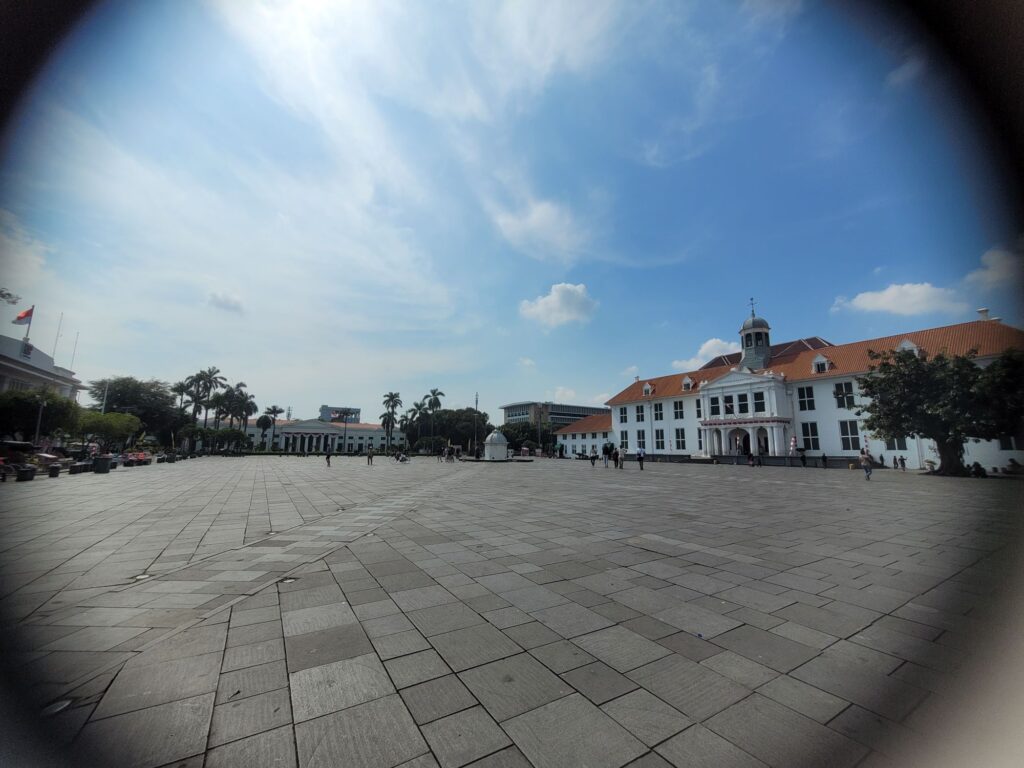
Day 1: The Foundations – Colonial Past & National Pride
Theme: We begin where Jakarta began. Today is about understanding the city’s historical foundations, from its origins as a Dutch trading port to its emergence as the capital of a proud, independent nation. The day’s journey flows geographically from North to Central Jakarta.
Morning (9:00 AM): Explore Old Batavia (Kota Tua)
- Take a ride-hail or taxi directly to Fatahillah Square in North Jakarta. This cobblestone plaza was the heart of Dutch colonial power. Take some time to simply sit and observe. You’ll see families renting colorful bicycles and street performers entertaining the crowds.
- Choose one museum on the square to explore (or more if you have the energy). The Jakarta History Museum, housed in the former City Hall, offers a comprehensive overview of the region’s past. The Wayang Museum provides a fascinating look into the world of traditional Indonesian puppetry.
- From the square, take a 15-minute walk to Sunda Kelapa Harbor (but be careful!). This is the old port where you can still see the magnificent, hand-built wooden schooners known as Pinisi. These ships still transport goods between Indonesia’s islands. It is a powerful and authentic link to the country’s maritime heritage.
Lunch (1:00 PM): An Atmospheric Pause
- Walk back towards Fatahillah Square for lunch at Café Batavia. Housed in a beautifully preserved 19th-century building, it’s a perfect place to rest. Ask for a table upstairs overlooking the square. While pricier than a local eatery (and there’s a minimum order for those seats), the historical ambiance is worth it for a first-time visitor.
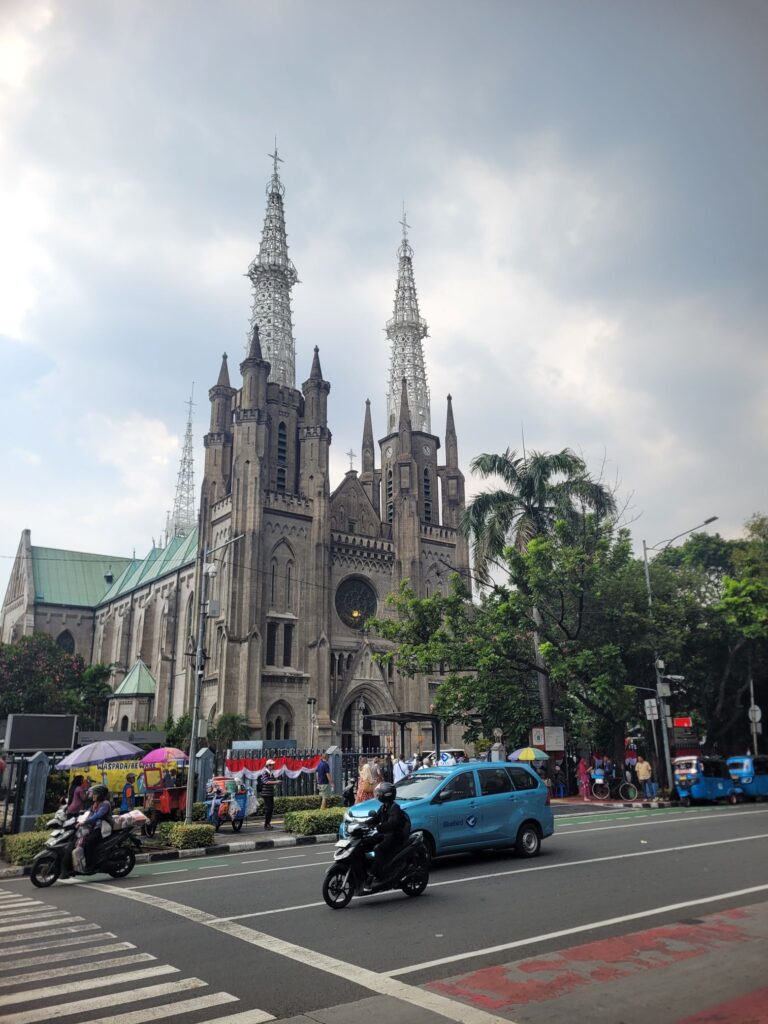
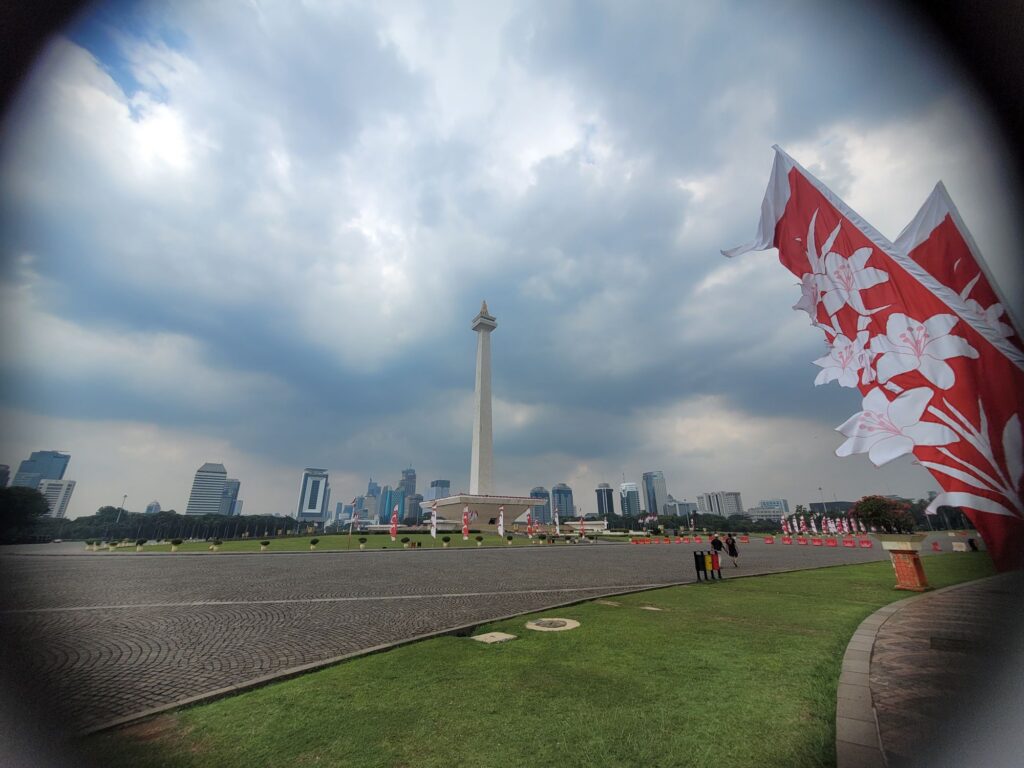
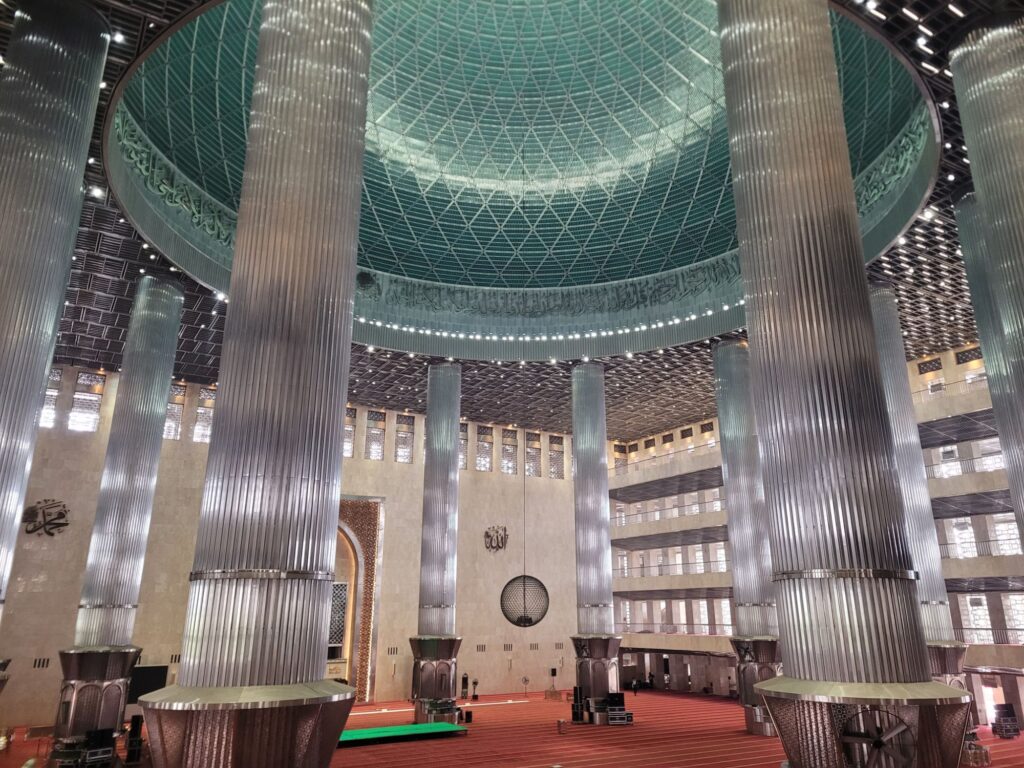
Afternoon (2:30 PM): The Nation’s Heart
- From Kota Tua, take a ride-hail to Merdeka Square in Central Jakarta. This journey connects the old colonial center with the new national one.
- Dominating the square is the National Monument (Monas). This 132-meter obelisk symbolizes the fight for independence. The basement contains dioramas of Indonesian history. You can ascend to the viewing platform, but be prepared for long queues, especially on weekends.
- On the northeast edge of the square, visit the Istiqlal Mosque, Southeast Asia’s largest mosque. Visitors are welcome outside of prayer times; you will be given a robe to wear. Its modern, minimalist design is awe-inspiring.
- Directly across the street, see the stunning neo-gothic Jakarta Cathedral. The proximity of these two major houses of worship is a powerful, intentional symbol of Indonesia’s philosophy of unity in diversity.
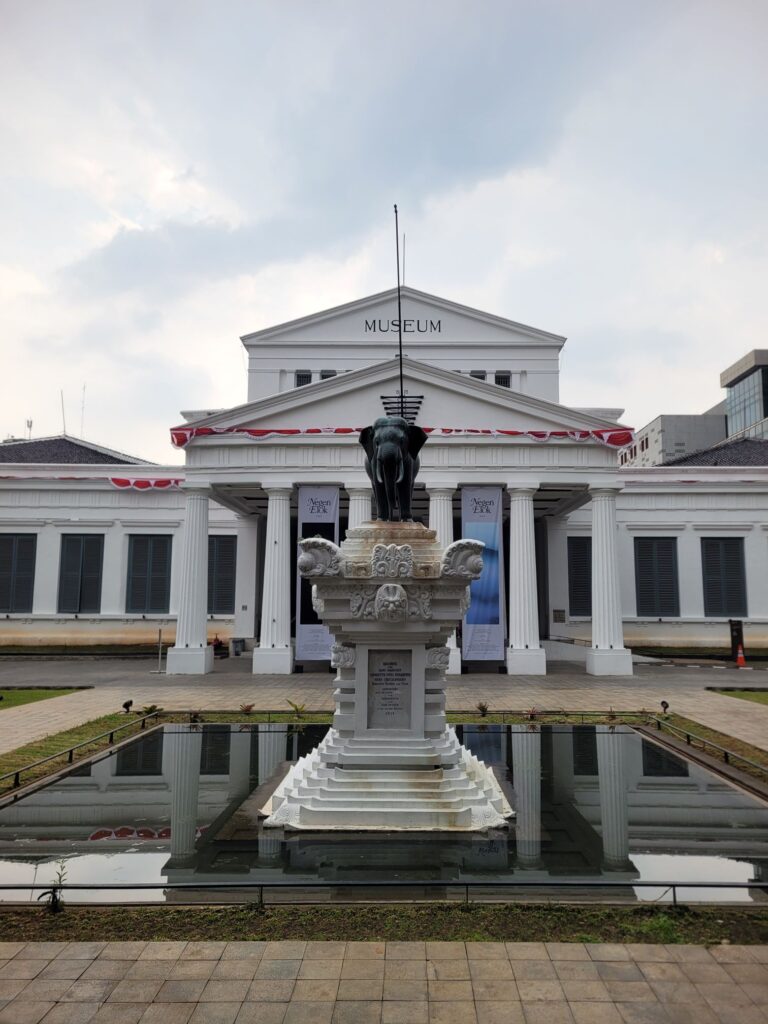
Day 2: The People’s City – Culture, Faith & Commerce
Theme: Having understood the official history, today is about immersing ourselves in the vibrant, everyday culture of Jakarta. We’ll explore national treasures before diving headfirst into the sensory world of one of Asia’s great Chinatowns.
Morning (9:30 AM): Indonesia in a Nutshell
- Start your day at the National Museum of Indonesia. Also known as Museum Gajah (“Elephant Museum”) because of the elephant statue in its front yard, this is one of the best museums in Southeast Asia. Its extensive collection includes ancient Hindu-Buddhist art, incredible ethnographic artifacts from across the archipelago, and a stunning treasury room. This visit is essential for understanding the rich cultural tapestry of the nation.
Lunch & Afternoon (1:00 PM): A Sensory Journey Through Chinatown
- Take a ride-hail to Glodok, Jakarta’s historic Chinatown. This is one of the most immersive experiences you can have in the city.
- Start your exploration at the iconic Kopi Es Tak Kie, a coffee shop that has changed little since it opened in 1927. Order an iced coffee and soak in the atmosphere.
- From there, plunge into the Petak Sembilan Market. This is a feast for the senses. Navigate the narrow lanes filled with vendors selling fresh produce, traditional medicines, and all manner of goods.
- After walking through the market, you will reach Vihara Dharma Bhakti, Jakarta’s oldest Buddhist temple. Tucked amidst the market chaos, its incense-filled courtyards offer a profound sense of peace and a look into the spiritual life of the community.
- Take a short walk to Pusat Grosir Asemka, a bustling wholesale market famous as a paradise for bargain hunters looking for stationery, children’s toys, and a vast array of accessories. Shoppers flock to Asemka to buy items in bulk, ranging from keychains and fans to custom glassware. The market spills out from its main building to the area under a flyover, creating a lively and crowded atmosphere where bargaining is part of the experience.
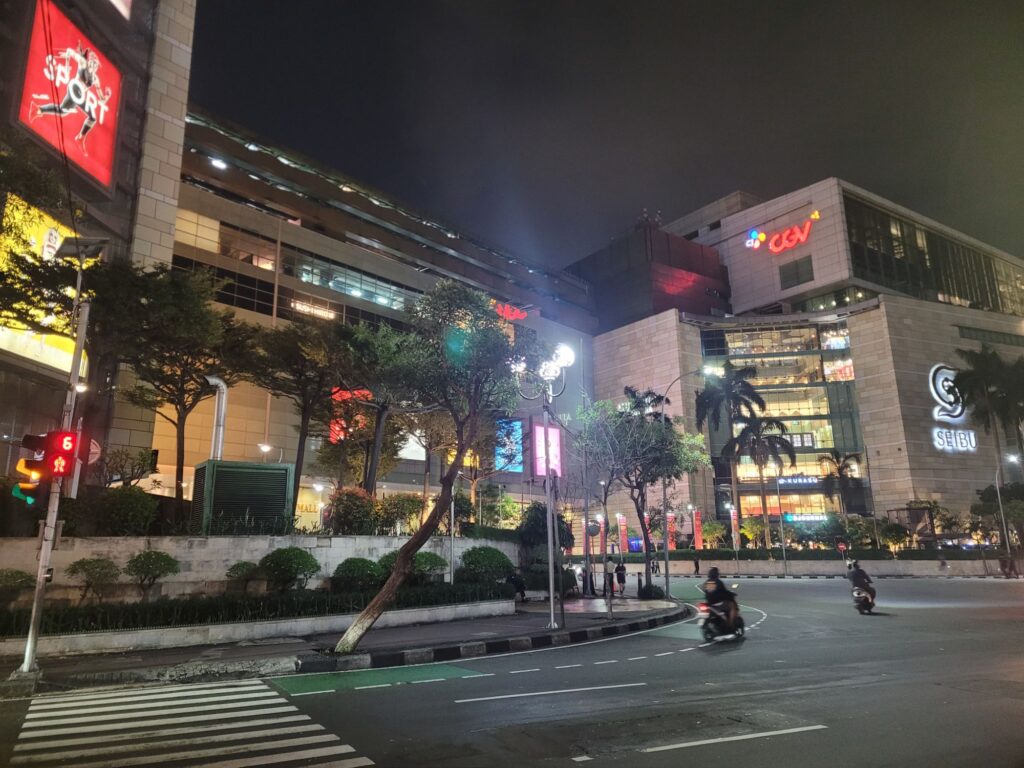
Evening (6:00 PM): Modern Jakarta
- To see a different side of local culture, visit one of Jakarta’s massive, modern shopping malls like Grand Indonesia or Plaza Indonesia. These are more than just shopping centers; they are social hubs where modern Jakartans eat, socialize, and relax in air-conditioned comfort. It’s a fascinating cultural experience in its own right.
- Another mall to consider would be Mall of Indonesia, often called MOI. It is a large shopping and lifestyle center located in the Kelapa Gading neighborhood of North Jakarta. Primarily serving as a community hub for local families, it offers a comprehensive and accessible shopping experience with a wide range of international and Indonesian brands, a department store, and a modern cinema.
Day 3: Modern Jakarta – Art, Style & Reflection
Theme: Today is dedicated to understanding contemporary Jakarta. We will explore the city’s modern creative spirit, its sophisticated lifestyle, and end with a stunning view of the metropolis, focusing our activities primarily in the stylish South Jakarta district.
Morning (10:00 AM): Contemporary Creativity
- Head to the Museum of Modern and Contemporary Art in Nusantara (Museum MACAN). This world-class museum showcases a compelling collection of works from Indonesian and international artists. Its thoughtful exhibitions provide a fantastic window into the region’s contemporary creative landscape.
Lunch (1:00 PM): A Taste of the South
- Head to the historic Menteng neighborhood for lunch. Try a Jakarta classic at a legendary spot like Gado-Gado Bon-Bin, which has been serving its famous Indonesian salad since 1960.
Afternoon (3:00 PM): A Unique Souvenir Hunt
- Instead of a mall, seek out a more memorable shopping experience at the Jalan Surabaya Antique Market in Menteng. This long street is famous for its stalls selling vintage goods, from Dutch colonial-era trinkets and vinyl records to traditional crafts. It’s a fascinating place to browse, even if you don’t buy anything.
Evening (6:00 PM): A Farewell with a View
- For your final evening, experience the Jakarta skyline. Head to a rooftop bar for a farewell drink. SKYE Bar in Central Jakarta or Henshin at The Westin Jakarta offer stunning panoramic views. It’s a perfect spot to watch the sunset, see the city light up, and reflect on your journey.
⏳ If You Have More Time: Extending Your Jakarta Itinerary
If you have an extra day or two (or less interested in the Day 3 activities), you can explore some of Jakarta’s other major attractions. These options offer very different experiences from the core itinerary.
Taman Mini Indonesia Indah (TMII): A Living Museum of Indonesian Culture
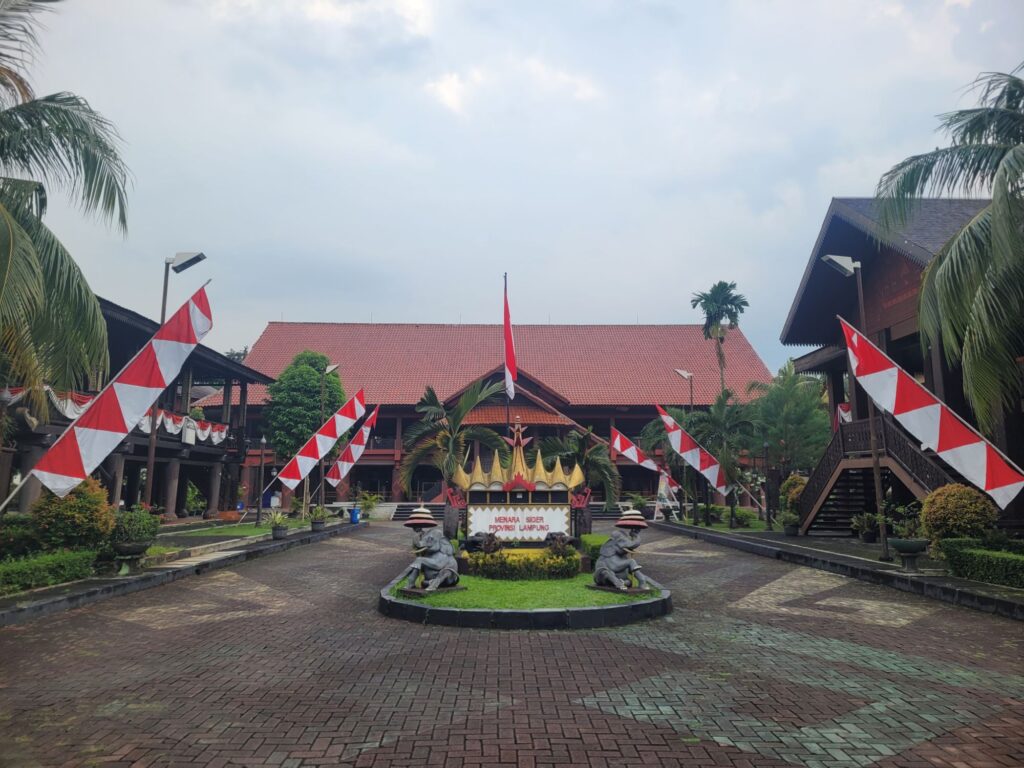
“Taman Mini” is a sprawling park that presents the incredible diversity of Indonesia in a single location. After a massive government-led revitalization, the park reopened in 2023 with a greener, more modern, and pedestrian-friendly concept. Seventy percent of the park is now dedicated to green space, and transportation within the park is via electric vehicles.
- Key Attractions: The park features pavilions for each of Indonesia’s provinces, a large lake with a miniature Indonesian archipelago, various museums, and a cable car for an excellent overview.
- Best for: Families and anyone who wants a broad, accessible introduction to the cultures of Indonesia without leaving Jakarta.
Ancol Dreamland: A Seaside Recreational Escape
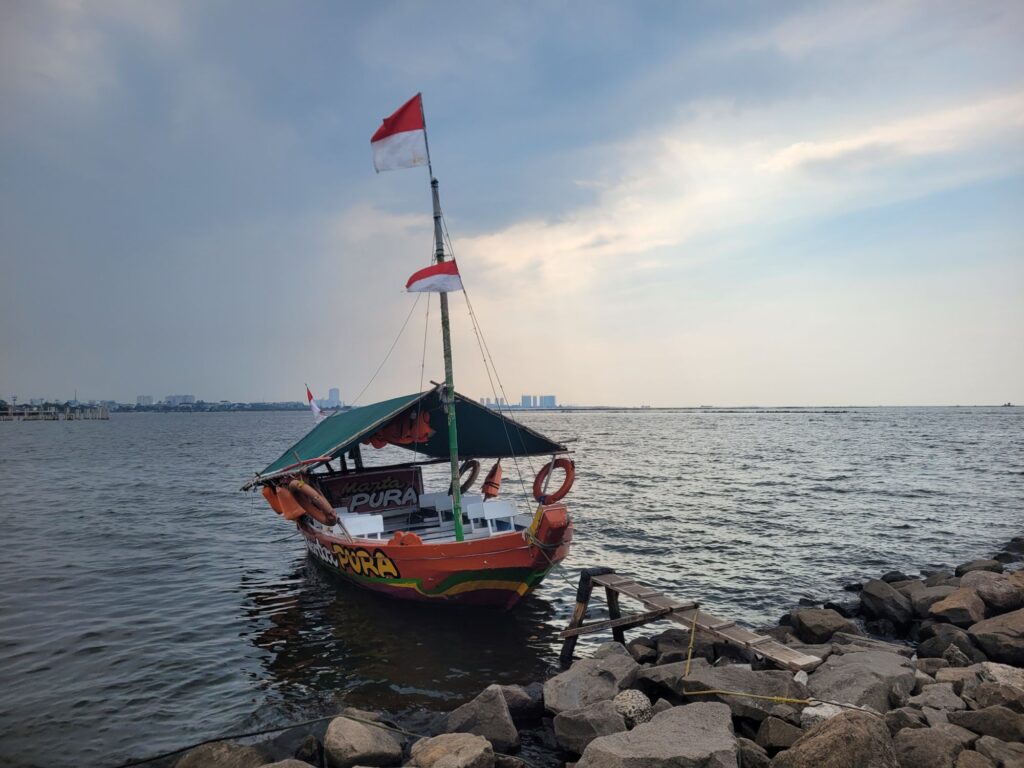
Located on the waterfront in North Jakarta, Ancol is the city’s largest integrated tourism area. It’s less about deep cultural immersion and more about fun, entertainment, and recreation.
- Key Attractions: The complex includes Dunia Fantasi (Dufan), Jakarta’s largest amusement park; Sea World, an oceanarium with an underwater tunnel; Atlantis Water Adventures; and an Art Market (Pasar Seni).
- Best for: Families with children, thrill-seekers, or anyone looking for a day of lighthearted fun by the sea.
PIK2: The Modern Coastal City
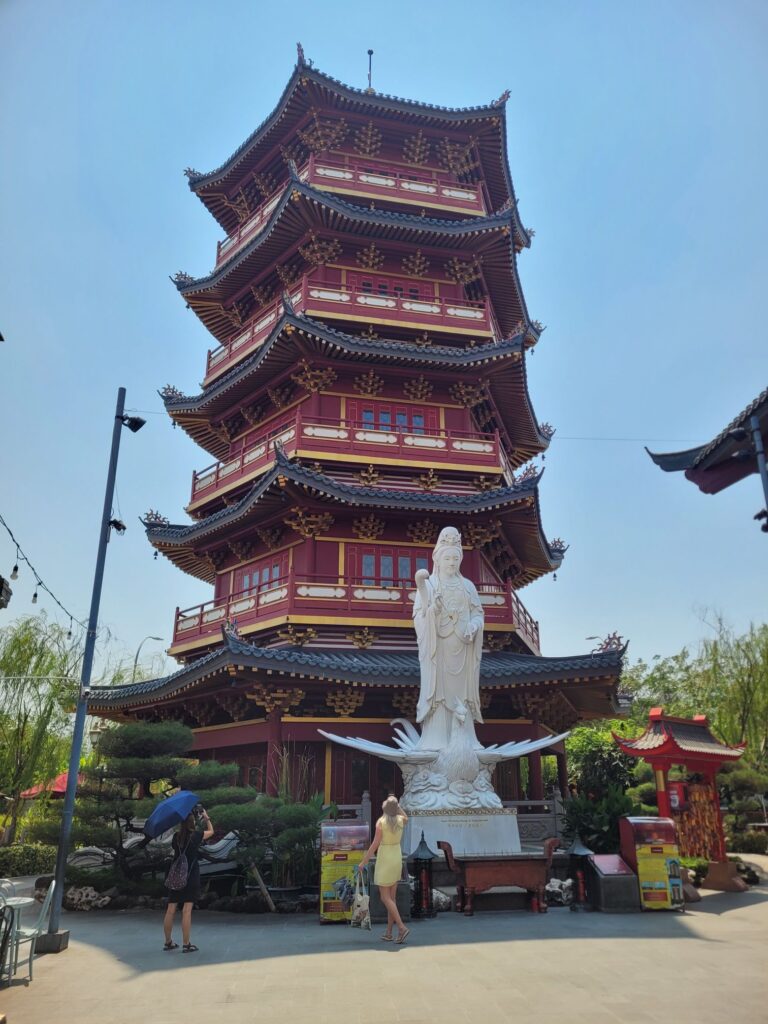
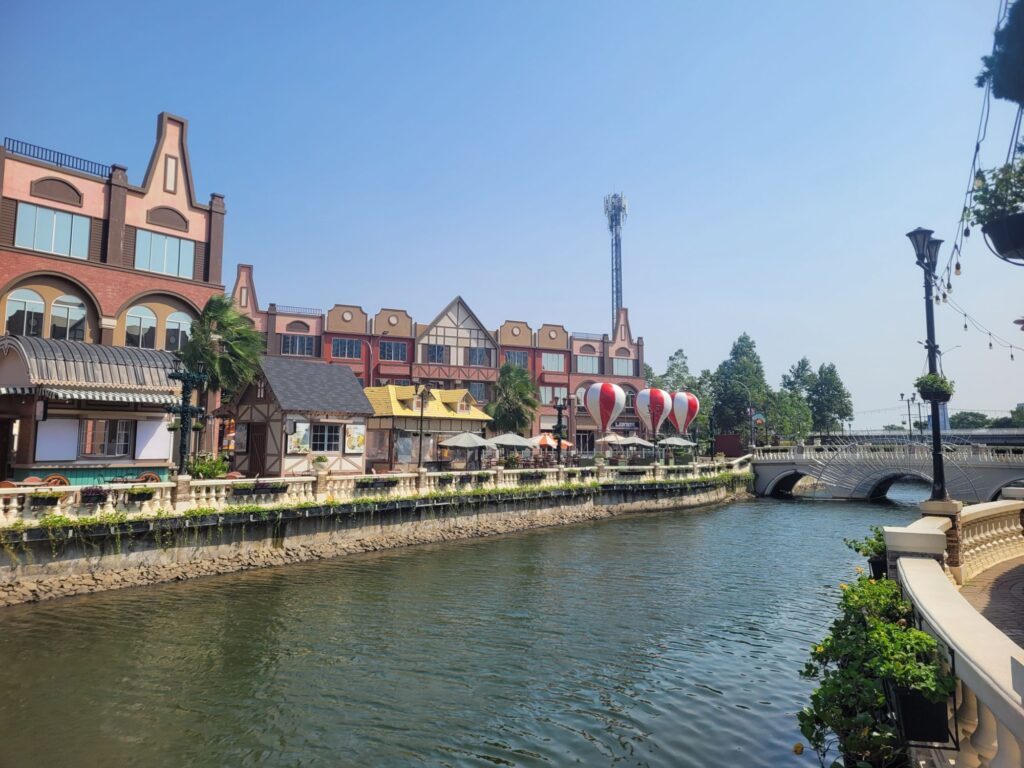
Pantai Indah Kapuk 2 (PIK2) is a massive, modern, self-contained satellite city development near the international airport. It offers a completely different, highly curated experience of Jakarta.
- Key Attractions:
- White Sand Beach: A man-made beach with imported sand that offers a clean, resort-like atmosphere.
- Aloha PIK: A Hawaiian-themed beachfront culinary and lifestyle hub right on the White Sand Beach.
- Pantjoran PIK: A large, vibrant area dedicated to Chinese culture and food, featuring striking architecture like a red pagoda.
- Cove at Batavia: A stylish seaside promenade with a curated selection of cafes and restaurants, perfect for watching the sunset.
- Best for: Travelers interested in modern urban design, trendy dining, and curated, “Instagrammable” lifestyle experiences.
Frequently Asked Questions
Is Jakarta safe for tourists?
Yes, Jakarta is generally safe for tourists. As with any large city, it is important to be aware of your surroundings. Use common sense, be mindful of your belongings in crowded areas, and avoid walking alone in unfamiliar areas late at night.
How many days are enough for Jakarta?
Three days is a good amount of time for a first-time visitor to see the main highlights and get a real feel for the city without feeling too rushed. With 4 or 5 days, you could explore more neighborhoods or add a day trip to an attraction like Taman Mini, Ancol, or PIK2.
What is the best way to get around Jakarta?
The best way to get around is by using ride-hailing apps like Gojek and Grab. For solo travelers, the motorcycle taxi option is often the fastest way to navigate traffic. The MRT is excellent for traveling between Central and South Jakarta.
What should I wear in Jakarta?
Jakarta is hot and humid, so lightweight, breathable clothing made from natural fabrics like cotton or linen is recommended. While the city is modern, Indonesia is a conservative country. It is respectful to dress modestly. When visiting mosques or temples, ensure your shoulders and knees are covered.
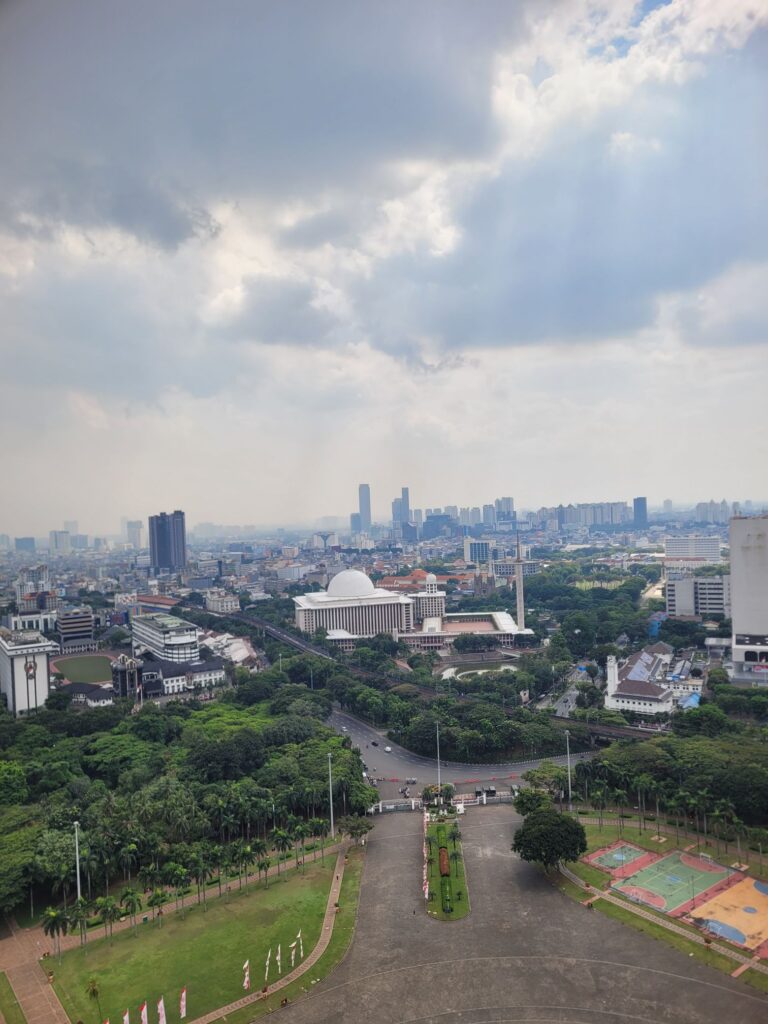
✨ Final Reflections: Finding the Soul Beyond the Surface
Jakarta’s magic is not always obvious. It is not a city of picture-perfect postcard views. Its beauty is found in the small moments: the shared smile with a friendly food vendor, the quiet history of an old building standing defiantly next to a skyscraper, the collective energy of a bustling market.
The city does not ask you to love it at first sight. It simply asks that you be curious. If you are, it will reward you with a travel experience that is rich, authentic, and deeply human.
Look out for my upcoming posts on walking tours that you can do in Jakarta, as well as the food I ate!
